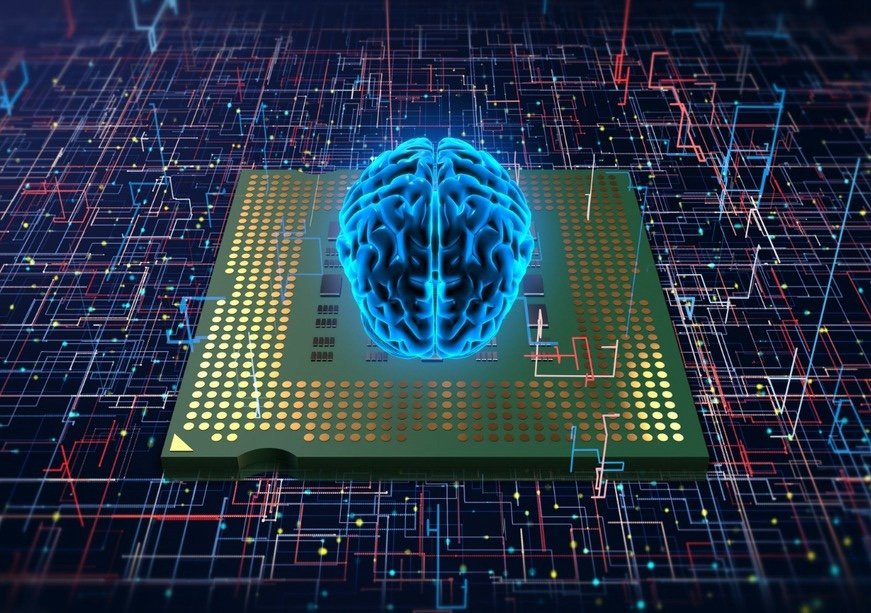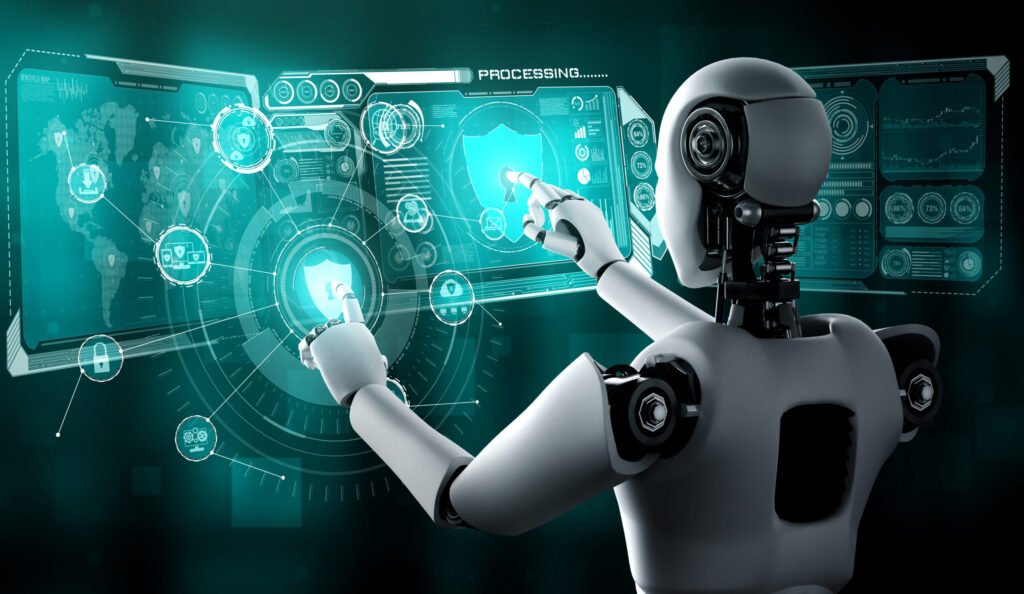Introduction
As artificial intelligence (AI) and computing power continue to evolve, traditional computing architectures face limitations in processing speed, energy efficiency, and adaptability. Neuromorphic computing emerges as a promising solution by mimicking the structure and functionality of the human brain. This technology offers faster and more efficient processing, making it ideal for AI, robotics, IoT, and real-time data processing.
In this blog, we will explore what neuromorphic computing is, how it works, its advantages, challenges, and potential applications in various industries.
What is Neuromorphic Computing?
Neuromorphic computing is an advanced approach to computing that replicates the neural networks of the human brain using specialized hardware and algorithms. Unlike traditional Von Neumann architecture, which separates memory and processing, neuromorphic computing integrates these functions to enable real-time learning and decision-making.
🔗 Learn more: Intel Neuromorphic Research
How Does Neuromorphic Computing Work?
Neuromorphic systems operate using spiking neural networks (SNNs), which function similarly to biological neurons. These systems:
• Use artificial neurons and synapses that communicate through electrical spikes.
• Process data in parallel, increasing efficiency.
• Adapt and learn through synaptic plasticity, making them more dynamic than traditional AI models.
Key Components of Neuromorphic Systems
1. Neuromorphic Chips – Specialized processors designed to mimic brain neurons.
• Example: Intel Loihi, IBM TrueNorth
2. Spiking Neural Networks (SNNs) – AI models that function like biological neural networks.
3. Event-Driven Processing – Data is processed only when needed, reducing power consumption.
🔗 More info: IBM TrueNorth
Advantages of Neuromorphic Computing
1. Energy Efficiency
• Traditional AI models require large computational resources; neuromorphic chips consume significantly less power.
• Example: Intel’s Loihi chip processes AI tasks with 1000x lower energy consumption than conventional processors.
2. Faster and Parallel Processing
• Neuromorphic computing enables real-time learning and inference, crucial for robotics, autonomous systems, and healthcare.
• Unlike traditional computing, it processes data in parallel, improving computational speed.
3. Adaptive and Self-Learning Capabilities
• Neuromorphic systems can adapt to new data without extensive retraining, unlike deep learning models.
• They excel in unsupervised learning, making them ideal for AI-driven automation.
4. Enhanced Pattern Recognition
• Neuromorphic computing improves speech and image recognition, medical diagnostics, and fraud detection.
🔗 More info: NVIDIA Neuromorphic AI
Challenges of Neuromorphic Computing
1. Lack of Standardized Hardware and Software
• Current neuromorphic chips lack a unified development framework, making industry-wide adoption difficult.
2. Complex Implementation
• Developing and training spiking neural networks (SNNs) requires new algorithms and expertise.
3. Limited Commercial Use
• Neuromorphic computing is still in early stages, with few real-world applications compared to traditional AI.
🔗 Learn more: Neuromorphic AI Challenges
Future Applications of Neuromorphic Computing
1. AI-Powered Robotics
• Neuromorphic robots can learn and make decisions in real time, improving automation.
• Applications: Autonomous drones, robotic assistants, and self-learning AI.
2. Brain-Computer Interfaces (BCI)
• Neuromorphic systems could enable direct communication between the brain and computers.
• Applications: Neuroprosthetics, mind-controlled devices, and brain implants.
3. Smart Healthcare and Medical Diagnostics
• Real-time disease detection using neuromorphic AI for medical imaging and diagnostics.
• Example: AI-powered early detection of neurological disorders like Alzheimer’s.
4. Edge AI and IoT Devices
• Low-power AI processing for smart devices, security cameras, and predictive maintenance.
• Example: Smart sensors in industrial automation and self-driving vehicles.
🔗 More info: Healthcare AI and Neuromorphic Computing
Conclusion
Neuromorphic computing represents the next frontier in AI and computing, offering unparalleled efficiency, adaptability, and intelligence. While it faces challenges like standardization and hardware complexity, its potential in robotics, healthcare, smart devices, and automation makes it an exciting field for future innovation.
For businesses looking to integrate AI-driven technologies into their platforms, TechsterTech provides cutting-edge AI, web development, and digital marketing solutions. Stay ahead with next-gen technology and strategic marketing. 🚀



